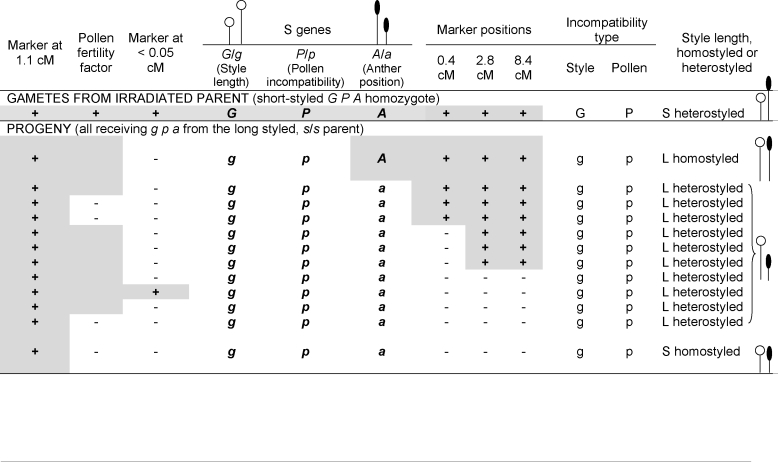Figure 2. Phenotypic effects of deletions in Turnera subulata, detected using genetic markers.
The presence (+ and grey boxes when the data are observed and grey boxes without text when the presence of a gene is inferred) or absence (-, white boxes) of five genetic markers present in a T. subulata parent plant is shown. Two markers are on the left of the self-incompatibility locus (S-locus), and three are on the right (at the indicated genetic map distances). The parent plant was short-styled and homozygous for the dominant alleles at the S-locus genes (G, P, and A; Figure 1b) [23]. This parent plant was irradiated to produce deletions in pollen gametes and crossed with a long-styled plant (carrying only the recessive alleles at the S-locus: genotype gpa) that also lacked the markers. Deletions detected as changed flower phenotypes in some progeny of the irradiated parent were checked for loss of one or more markers (to ensure that the changed flower phenotype is due to a change in the S-locus region). The incompatibility reactions of the deletion progeny are also listed. Stigma incompatibility types were tested by pollination tests with pollen from long-styled and short-styled plants (loss of the G gene should change the stigma reaction from the short-styled type to the long-styled type, rejecting pollen from long-styled donors and accepting pollen from short-styled ones – denoted in the figure by ‘g’). Similarly, loss of the P gene was tested on stigmas of both style types, by using the pollen of the eight non-sterile progeny. The results overall show that the A gene must lie to one side of G and P. One short homostyled plant (at the bottom of the figure) does not fit the inference from the markers, assuming a single deletion. This phenotype requires changing the anther position from the high position of the short-styled parent (i.e., an A → a deletion) and also its pollen incompatibility type to accept pollen from long-styled donors (i.e., a deletion changing P → p). In other words, its S-locus genotype under the three-gene model should be Gpa, requiring deletions on both sides of the G gene.

